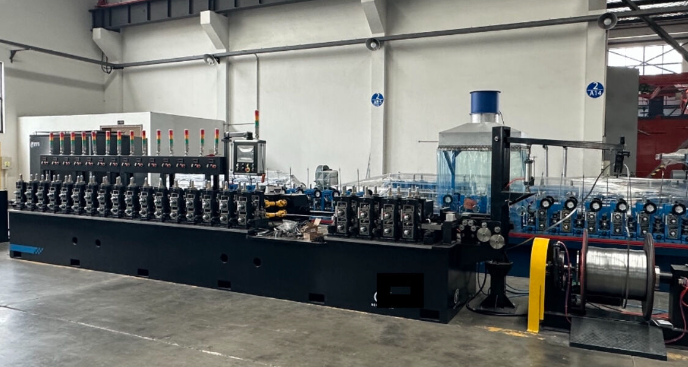
Posted on Monday, September 30, 2024
A Tube and Pipe Roll Forming Machine is a specialized piece of equipment designed to produce cylindrical metal tubes and pipes by continuously bending a strip or sheet of metal. This process is done through a series of precisely positioned rollers, which gradually shape the flat material into a round or rectangular form. Once the metal is shaped into the desired profile, the machine welds the edges to form a sealed tube or pipe.
These machines enable industries to produce high-quality tubes and pipes at a large scale with consistent precision, making them critical in many manufacturing processes.

Understanding Coil IDs, Mandrel Sizing, and Shear Pin Safety in Uncoilers
Posted on Wednesday, October 1, 2025
Mismatched sizes can lead to machine damage, downtime, and safety hazards — often evidenced by a shear pin failure.

How Coil Tensile Strength Affects Roll Forming and How to Adjust Your Machine
Posted on Wednesday, October 1, 2025
Changes in tensile strength can significantly affect the finished profile, causing misaligned bends, uneven edges, and out-of-spec parts.

Why Paint Cracks on an Embossing Line Running Pre-Painted Coil and How to Prevent It
Posted on Wednesday, October 1, 2025
This issue not only affects the visual quality of the product but can also lead to increased scrap rates and customer complaints.

The Most Popular Standing Seam Metal Roof Panels in the U.S. — A Comprehensive Guide
Posted on Monday, September 29, 2025
In this post, we’ll explore what panel styles and sizes are most popular in the U.S